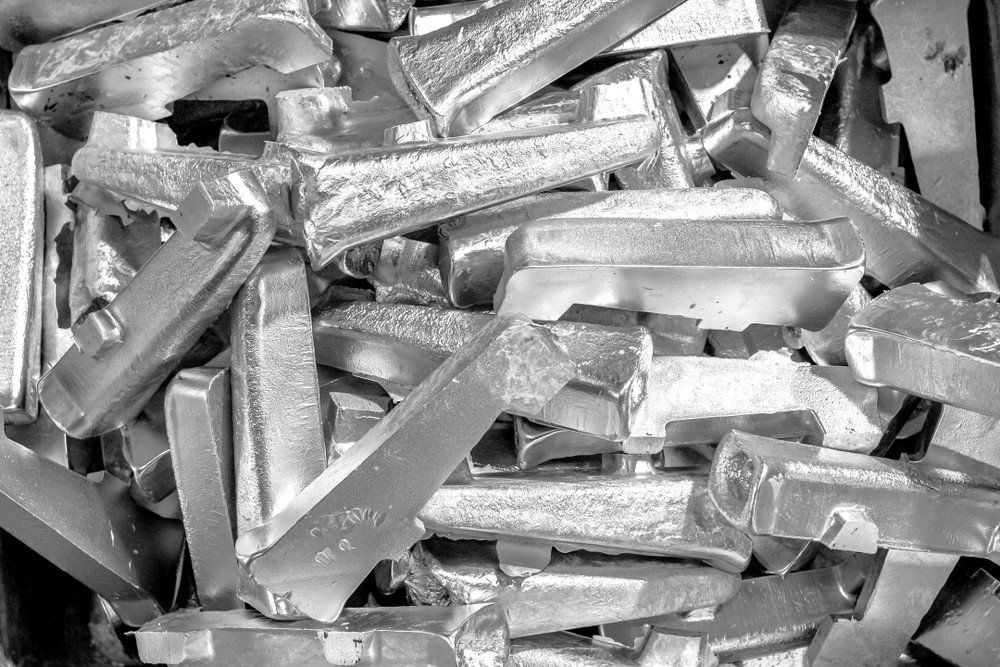Trading in commodities usually requires dealing in common contracts like futures, options, or trading directly with a separate party. There are, however, several alternatives available to traders. If you are unsure where to start trading in commodities and would like a safer and easier option, we can help you. There are some investment structures out there where you can pool your money together with other investors, and ensure profits. These options allow for more reliable investments, and for less stress over the details of the trades. These are not mutual funds of any sort, although they do resemble them quite closely. So today, we will be discussing managed futures investments, or as they are sometimes known, commodity pools.
Background of managed futures
Managed futures are what as known as alternative investments. They have not been around all that long, as they only really took hold in the 1980s. Compare this to mutual funds, which have been around since the 1890s. Due to their relative novelty, there is not much information available online on what mutual futures are. However, this also means that not many traders are aware of them, meaning you can have quite an opportunity to invest in them.

These investments are managed by professional and knowledgeable advisors for trading. They are commonly called CTAs (commodity trading advisors). Furthermore, these managed futures are regulated by a central body, known as the Commodity Futures Trading Commission (CFTC). This regulatory body ensures that the advisors are open and honest investment managers based on their past history. They require FBI background checks for the individual or organisation applying to become a CTA. They are then further required to submit documents to the National Futures Association (NFA). This allows investors to feel safe in bringing their money to said CTA.
What does managed futures involve?
Basically, the CTAs dealing with managed futures trade-in, well, futures. They use whichever type of future options they decide to (long, or short), and in whichever market they decide to invest in. These markets could be agricultural (corn, seeds), energy (gas, oil), or in soft commodities (tea, cocoa). Basically, any market is worth investing in. They, of course, use the liquidity offered by their investors to do this.
Why should you invest in managed futures?
So now that you know the basics of how managed futures work, why should you invest in them? Well, there are a few reasons which we will discuss. The most important overall point, however, is that they allow for greater profits than traditional investments.

Large potential profits
Managed futures have become quite popular over the last few years, in fact, investments have more than doubled. This may be due to the lacklustre performance of hedge funds in the last period. Hedge funds are investments that deal with a large volume of client assets. Due to this, they want to ensure that they make minimal losses, to keep their clients happy. As such, they keep investments incredibly safe, but they are unlikely to make any great profits. Additionally, the relative novelty of managed futures means that people are still discovering their benefits.
Managed futures tend to seek out investments unusual for traditional hedge funds. Generally, futures are traded in inverse to the performance of stocks and bonds. Once inflation rises, while stocks suffer, investments in commodities like gold tend to rise. So investors with money in these funds can make profits even during times of economic hardship. We do see, however, that investments made by managed futures do tend to be a bit riskier. As we mentioned earlier though, they are managed by professionals with a spotless past. So, investors usually do trust in their expertise. Additionally, the profits made from these investments can far outweigh their risk. In fact, profits from managed futures have been as high as 6.9% on average from 1993 to 2002 annually.
Low barrier of entry
Secondly, investments in managed futures do not need to be very large. The liquidity that traders commit to managed futures generally ranges from $25,000 to $250,000. While $25,000 is certainly not a small sum, it is much smaller than most hedge funds tend to ask for. This relatively low barrier for entry, with high potential profits, also makes this an attractive option for traders.
How to use managed futures
These investments are best used when investors pour funds into them in an attempt to diversify their portfolios. As we have said, these funds tend to fare well in times of economic hardship and the returns made on them have remained relatively high on average. Thus investors can make sure they do well on them, while their other traditional investments may suffer.
Finding a CTA
Investors would also do their best to keep an eye on exactly who they are investing with. Even though all CTAs are regarded as trustworthy, you should still keep a close eye on who can make the most bang for your buck. So before you commit to a CTA, there are several important factors you should look out for.

First off, what is their annual rate of return? This tells you exactly how much profit a CTA makes, and how worthwhile investing with them would be. They do not necessarily tell you the most recent information, however, as they need only be updated every nine months. So that is something worth keeping in mind.
Secondly, find the trading program of the CTA. The CTAs should divulge information on how they make their investments. Some of these follow general market trends closely. Others may benefit from decreasing and increasing prices of commodities anywhere within the market. You should then decide which type of strategy you are more comfortable with and invest accordingly.
Thirdly, drawdowns are something you should be paying attention to. These tell you the worst losses suffered by a company. It compares a CTAs highest peak to the lowest trough following this peak.
Finally, find out the risk-adjusted return. The risk-adjusted return combines the information for rates of return with the drawdowns. This gives investors a clearer overall picture of how a company performs. So even if a company makes high returns annually, the drawdowns over the same period could severely limit real profits. Off on this information, investors are given a ratio of profits to drawdowns to give investors a quick reference.









COMMENTS